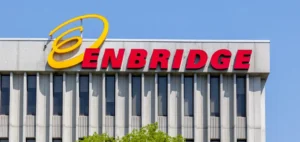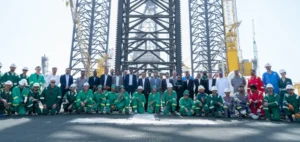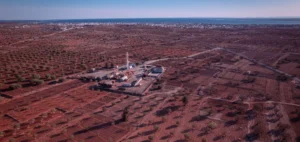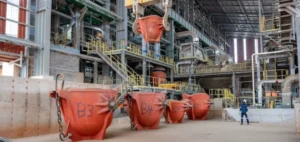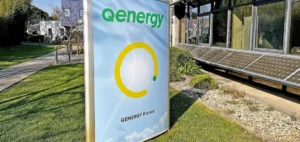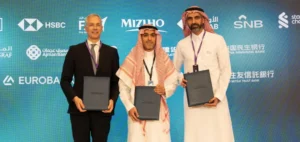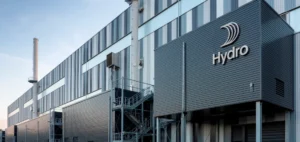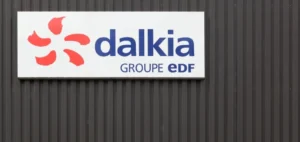Siemens Energy has announced a €2bn ($2.17bn) investment plan through 2028 to expand its global network of transformer and high-voltage switchgear factories. The decision comes amid increasing pressure on manufacturing capacity in the grid equipment sector and marks a strategic shift for the group following challenges at its wind power unit Siemens Gamesa.
Investment focused on Grid Technologies
The investment targets the Grid Technologies division, now the main growth driver for Siemens Energy, with a target margin of 14–16% by 2028 and a record order backlog of €138bn. The €2bn is in addition to €220mn already allocated to the Nuremberg plant and the expansion of the Charlotte, North Carolina site, which is expected to begin producing large-scale transformers in 2027.
This industrial ramp-up aims to meet surging global demand, as delivery times for large transformers now exceed four years. The market is dominated by a limited number of players such as Siemens Energy, Hitachi Energy, GE Vernova and several Chinese groups, while electricity networks worldwide require large-scale investments, especially in Europe and the United States.
A strategically and politically sensitive sector
The targeted equipment—transformers, HVDC (high-voltage direct current) converters, FACTS systems—has come under tighter political scrutiny. The European Union and the United States have placed such products under export control, notably under customs code 8504, to prevent their diversion to military uses in Russia and its allied states.
Siemens Energy has previously faced reputational and legal risks related to Russia, including the turbine delivery case in Crimea, which has led to criminal proceedings in Germany. More recently, Siemens automation equipment was found in Russian plants via third-party channels, prompting increased regulator attention to supply chain traceability.
Financial visibility and industrial relocation
Despite the scale of this industrial programme, Siemens Energy plans to return up to €10bn ($10.85bn) to shareholders by 2028 through dividends and share buybacks. This dual strategy is based on the group’s ability to convert its project backlog into cash, especially in HVDC and interconnection contracts.
The ramp-up at the Charlotte plant, combined with European expansion, positions the group to meet increasing local content requirements in tenders, aligning with industrial policies such as the EU Green Deal and the US Inflation Reduction Act. In the US, over 80% of transformers are currently imported, and grid spending is projected to exceed $2tn by 2050.
Market implications and competition
For grid operators, Siemens Energy’s capacity expansion is expected to help stabilise prices for transformers and high-voltage equipment, currently rising due to scarcity and volatility in copper and aluminium costs. However, the €2bn plan will not fully resolve bottlenecks in the high-voltage transformer market.
Competitors such as GE Vernova and Hitachi Energy are likely to accelerate their own investment plans. This could trigger a wave of state-supported industrial relocalisation, strengthening Western manufacturing capabilities in this strategic sector.







